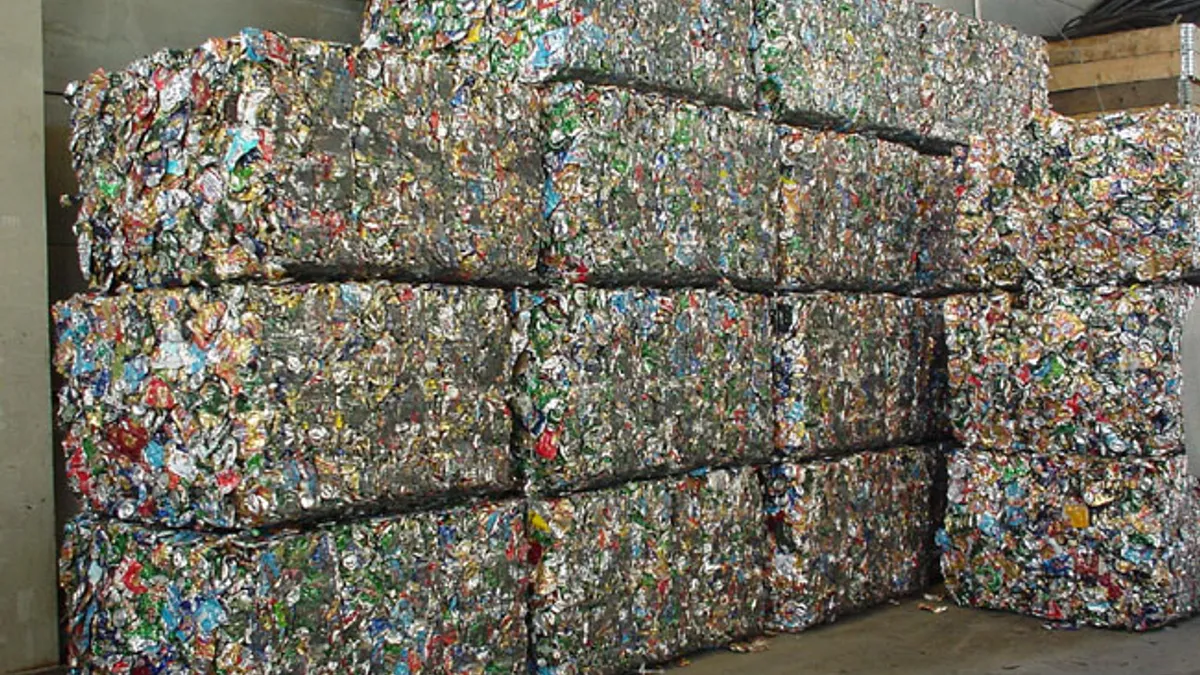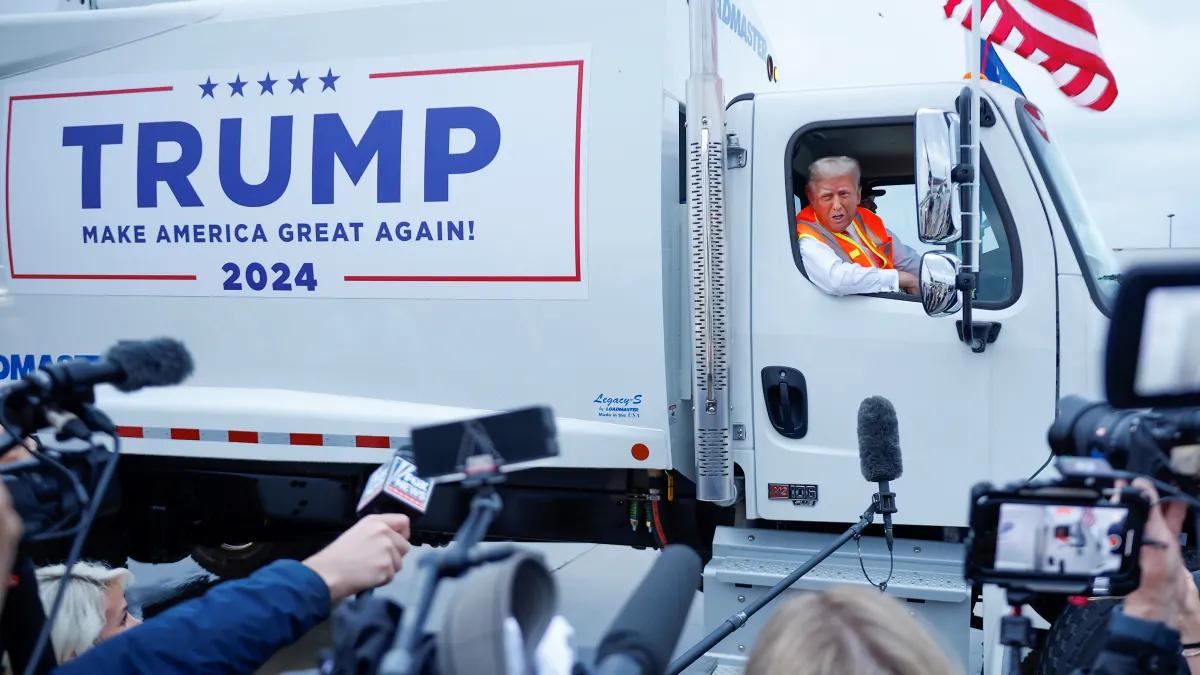Dive Brief:
- Atlanta-based Novelis reached its highest recycled aluminum content rate to date, with 53% recycled inputs in FY16. This was up from 49% in FY15 and 46% in FY14, as reported by Resource Recycling.
- In its annual sustainability report, Novelis also reported a slight decrease in water usage and greenhouse gas emissions. While energy usage has also decreased, the company recognized that further reductions will be more difficult because its recycling operations and automotive sheet production are both energy-intensive processes.
- Due to challenges with finding recycling options for dross, a by-product that comprises 70% of Novelis' waste and is created when impurities are removed from molten metal, the company has changed its "zero waste" to landfill goal to a different waste reduction goal. In FY16, Novelis diverted 84% of its dross and 82% of its non-dross waste.
Dive Insight:
The emissions reductions benefits of recycling aluminum are well-known and Novelis says its has created "the world’s largest aluminum recycling network" to increase that. The company recently launched its Evercycle material — made from 100% recycled content — which can be used for food containers. Novelis also remains active in the automotive field by providing aluminum alloy for companies such as Jaguar. They currently process about 25 million pounds of automotive aluminum scrap each month through a "closed-loop" recycling program with Ford.
Earlier this year, the company also launched a new school program called "Life of a Can" with Discovery Education to teach children about the benefits of recycling. Materials are designed to encourage home activities so children can engage their families in better recycling habits, which in turn could help increase the amount of recycled content that Novelis has to work with for its products.
According to a recent study commissioned by the Sustainable Packaging Coalition, 92% of U.S. residents now have access to some form of recycling program for aluminum cans. These cans have a higher diversion rate — 55% according to the latest EPA data — than most other beverage containers, yet that still leaves plenty of material left to be captured.















